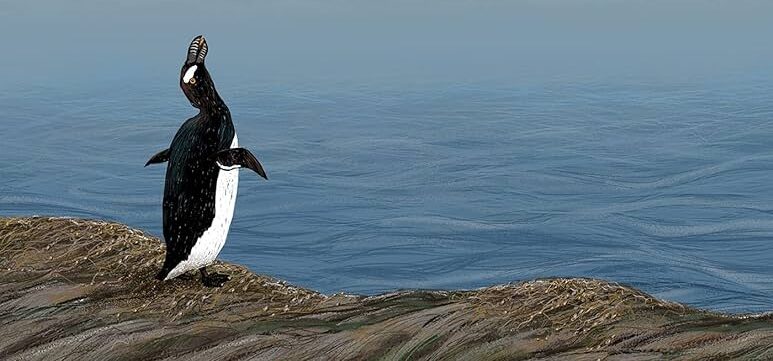The tale of the Beast of Gévaudan is one that has captivated historians, scientists, and the public alike for centuries. A creature of nightmare, the Beast’s reign of terror in the 18th century has left an indelible mark on the collective memory of France and the world. The Gévaudan region, now part of modern-day Lozère, was once a peaceful, rural area until the Beast shattered its tranquility with a series of brutal attacks that claimed the lives of approximately 100 people. The creature’s description, as recounted by survivors, paints a picture of a large, powerful animal with reddish fur, a tasseled tail, and a fearsome howl. It was said to be capable of leaping great distances and possessed a savagery that left few witnesses to tell the tale.
Theories and Debates
The mystery deepened as the efforts of King Louis XV’s royal hunters to slay the Beast proved futile. It wasn’t until local farmer Jean Chastel shot a large animal that the attacks ceased, leading many to believe that he had indeed killed the Beast. However, the true nature of the Beast of Gévaudan remains a subject of debate to this day. Was it a wolf, a lion, a supernatural entity, or something else entirely? Theories abound, ranging from the plausible to the fantastical, each with its own set of proponents and detractors.
One of the most credible theories posits that the Beast was a wolf-dog hybrid. This theory is supported by the animal’s wolf-like appearance, with notable differences that suggest a mix of species. Researcher Jean Bourret has pointed to the white, heart-shaped mark on the Beast’s chest as a characteristic of ancient Roman dogs, suggesting a possible lineage that could have interbred with a wolf. The hybrid theory gains further traction when considering the Beast’s size and coloration, which were distinct from typical wolves of the region.

Various Hypotheses
On the other hand, some argue that the Beast could have been the last of an extinct species, such as the dire wolf, or a hybrid of such an ancient animal and a modern wolf. This ‘ancient predator’ hypothesis is bolstered by the Beast’s extraordinary physical attributes and the ferocity of its attacks, which seem to exceed the capabilities of known wildlife in the area. The notion that the Beast was a relic from a bygone era, or a crossbreed with such a creature, adds a layer of prehistoric intrigue to the legend.
The debate over the Beast’s identity is further complicated by other theories that have been proposed over the years. Some suggest that the Beast was a hyena or a lion, perhaps an escaped captive animal that was unfamiliar to the local populace. Others entertain the possibility of a supernatural explanation, such as a werewolf, reflecting the human tendency to seek extraordinary explanations for the unexplained. And then there are those who consider the Beast to have been an armored war dog or even a human serial killer using an animal to commit heinous acts.
While we delve into the historical enigma of the Beast of Gévaudan, we must navigate through a labyrinth of facts, folklore, and speculation. The Beast’s story is not just a tale of a mysterious predator; it is a reflection of the fears and fascinations of the human psyche, a narrative that has evolved and endured through the ages. In the next section, we will examine the wolf-dog hybrid theory and the ancient predator hypothesis in greater detail, weighing the evidence and exploring the implications of each in our quest to unravel the mystery of the Beast of Gévaudan.
Related posts:
What Was the Beast of Gévaudan?
The Real Story of the Beast of Gévaudan
Just what WAS the Beast of Gévaudan?





